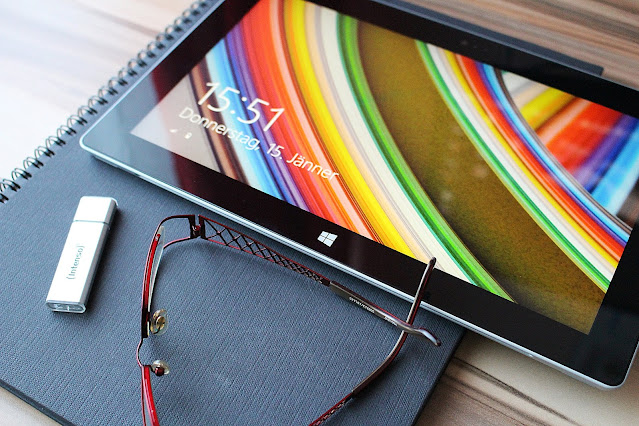But what if these seemingly innocent charging stations could be harboring a hidden danger? The FBI thinks so, and they’ve issued a warning to travelers: avoid using public USB charging points. Let’s dive into why and how you can protect yourself.
The Juice Jacking Threat
Imagine this: You’re waiting at the airport gate, and your phone’s battery is running low. You spot a free USB charging station, plug in your phone, and breathe a sigh of relief. But what if that charging station isn’t as innocent as it appears?
Juice jacking is a cyber threat where hackers exploit public USB ports to introduce malware and monitoring software onto your device. These malicious programs can steal your personal data, including credit card information, passwords, and sensitive documents. Suddenly, that innocent-looking charging station becomes a gateway for cybercriminals.
How Does Juice Jacking Work?
Here’s how the juice-jacking attack unfolds:
Compromised Ports: Hackers tamper with the USB ports on public charging stations. They might install tiny devices that mimic charging cables but are actually data transfer tools.
Invisible Intrusion: When you plug your phone into one of these compromised ports, it starts charging as usual. However, in the background, malware silently infiltrates your device.
Data Theft: The malware gains access to your phone’s data, including contacts, messages, and sensitive files. Worse yet, it can capture your keystrokes, potentially revealing your login credentials.
Spyware Deployment: Some sophisticated attackers even deploy spyware that allows them to monitor your activities remotely. They can track your location, intercept messages, and eavesdrop on calls.
Protecting Yourself
Now that you know the risks, here’s how you can safeguard your devices:
Carry Your Own Charger: Instead of relying on public USB ports, bring your own charger and USB cord. It’s a small inconvenience that can save you from potential data theft.
Use Electrical Outlets: Whenever possible, opt for electrical outlets over public charging stations. While it might be less convenient, it significantly reduces the risk.
Inspect the Port: Before plugging in, examine the USB port. Look for signs of tampering, such as loose connections, unusual devices, or visible damage.
Consider USB-C Cables: USB-C cables are less susceptible to juice jacking because they don’t transfer data by default. They only charge your device, minimizing the risk of malware infiltration.
Wireless Charging: If your phone supports wireless charging, use it. Wireless chargers don’t require physical connections, eliminating the risk altogether.







